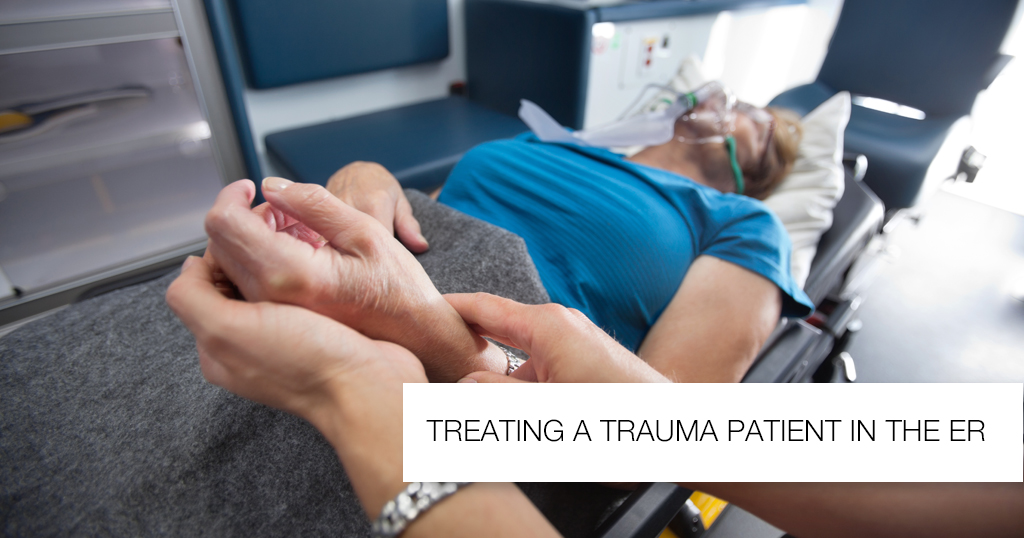

Treating a trauma patient in the ER starts with a brief but complete handoff from the EMS Team regarding the Pre-Hospital Care received by the patient.
Prehospital care of trauma patients varies based on the patient and magnitude of trauma but always focuses on stabilization of the patient and prompt transport to a hospital. The ABCDE approach is the most commonly used by EMS Teams on the scene, albeit in its abbreviated form for the benefit of time.
Life-Saving Interventions that may be performed by the EMS Team before transporting to a hospital may include, but are not limited to:
Primary Survey consists of 5 steps that are as follows:
AIRWAY (With C-SPINE Stabilization)
The choice of diagnostic imaging modality depends on clinical judgment and mechanism of injury. The decision to perform any diagnostic test must be taken after accounting for the patient’s hemodynamic stability and must be weighed against the need for urgent transfer or operative intervention.
Lab tests include, but are not limited to: